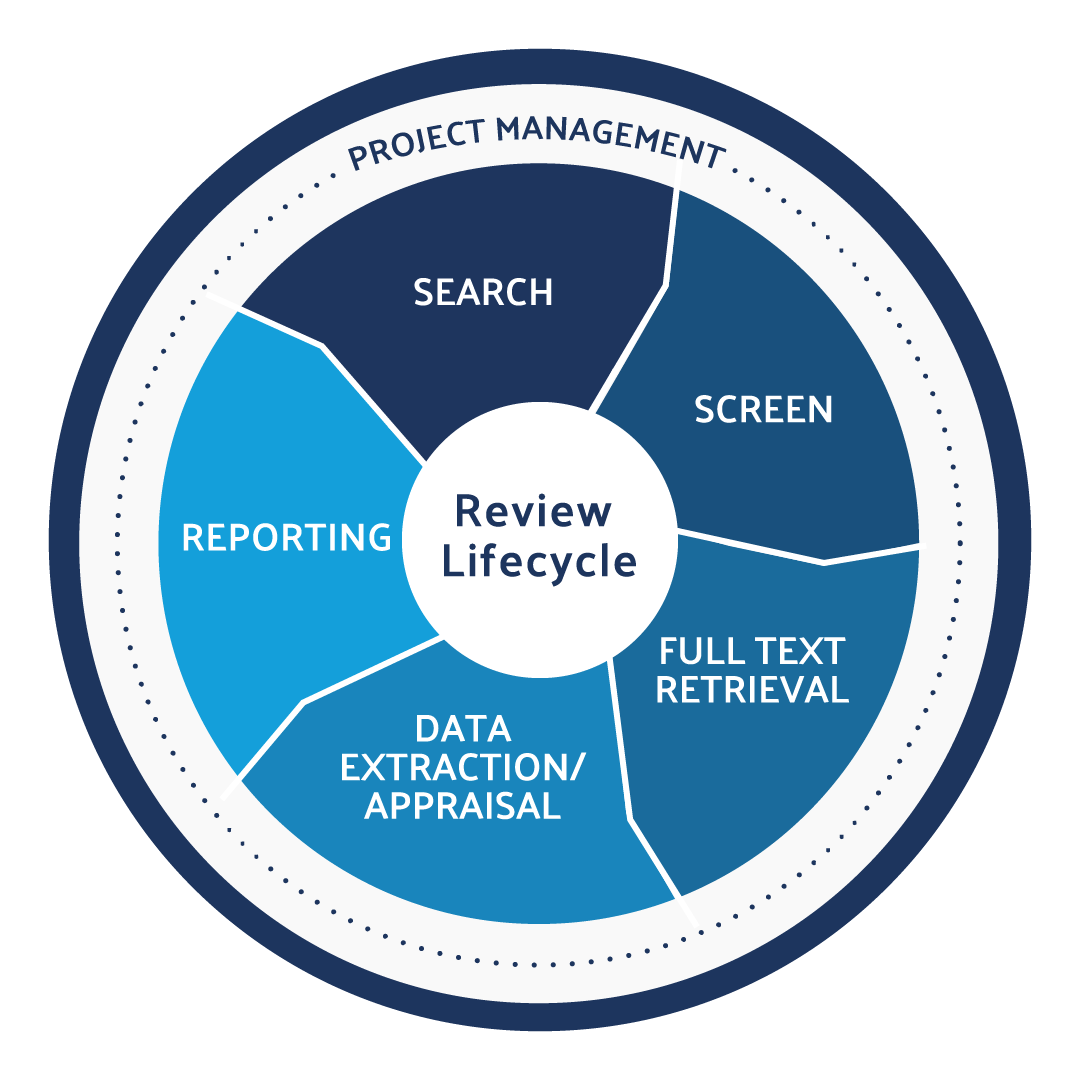Why Is Clinical Evaluation Important?


Use DistillerSR to produce CER and PER literature reviews in an efficient, audit-ready, and compliant way.
In the world of medical device manufacturing, there are many steps to approve a medical device for sale in the EU (European Union). One major hurdle to releasing a device on the market is achieving regulatory compliance with EU MDR (European Union Medical Device Regulation). All devices to be sold in the European Union must comply with EU MDR requirements. Key aspects of compliance are determined by successfully performing literature search protocols for medical devices.
One critical step in the process of gaining EU MDR approval for a device is completion of a clinical evaluation, or a documented assessment of the device’s efficacy and safety. Let us examine what EU MDR is, what a clinical evaluation is, what the purpose of a clinical evaluation report is, and how it is a critical part of the EU MDR process.
What Is EU MDR?
EU MDR is a set of regulations passed in 2017 by the EU parliament; the law repealed and replaced the previous 1993 law known as MDD (Medical Devices Directive). Even though the law was passed in 2017, it only took effect in May 2021.
The EU MDR legislation made many changes to the original 1993 directive , with an emphasis on accountability for medical device manufacturers, as well as an abundant focus on patient safety. Some of the more notable parts of the updates include the following:
- Updating what products are covered under the regulation –new additions include products not intended for medicinal use such as laser hair removal tools, cosmetic-use colored contact lenses, and cosmetic body implants.
- Requiring medical device manufacturers to include a unique device identification number for each device sold–this will lead to enhancements in patient safety, allowing recalls to be conducted more easily if a bad batch of devices were sold. Furthermore, this prevents counterfeit or black market items from reaching the market, as their ID number could not be validated.
- Mandating clinical investigations for high-risk devices, which are required for some new products where a the clinical evaluation will not suffice
- Ordering additional requirements known as “Post-Market Clinical Follow-Up Evaluation Reports,” which will require medical device manufacturers to examine the efficacy and safety of their devices currently on the market annually
Learn More About DistillerSR
(Article continues below)
How Do Clinical Evaluations Factor In?
The EU MDR refers to clinical evaluations as follows: “A systematic and planned process to continuously generate, collect, analyze and assess the clinical data pertaining to a device to verify the safety and performance, including clinical benefits of the device when used as intended by the manufacturer.”
In simple terms, it is similar to a clinical trial that you would see for a new drug to be released on the market. The device must be tested in a clinical environment to ensure it is safe and effective. All devices wishing to be certified in the European Union must complete a clinical evaluation and submit a CER (Clinical Evaluation Report).
The clinical evaluation reports themselves have also been extended to not just pre-market, but also as part of post-market follow-up after the product has been released. This new reporting system is outlined with additional requirements known as “Post-Market Clinical Follow-Up (PMCF) Evaluation Reports,” which will require medical device manufacturers to continuously examine the efficacy and safety of their devices currently on the market. For Class III devices and implantables, the PMCF reports must be updated annually. Further regulatory language augments the follow-up reports relating to PMS (Post-Market Surveillance), whereby manufacturers will be required to report any abnormalities or post-market safety issues to the relevant Notifying Body. Ultimately, manufacturers are responsible for a robust PMS Plan, which outlines how and when each required report will be submitted.
In Summary
When the EU MDR requirements passed in 2017, they made major changes to the way medical devices are released onto the market in the European Union. Conducting a clinical evaluation and completing a clinical evaluation report are critical elements of this process.
When completing clinical evaluation reports, one must often refer to previous research papers to prove the efficacy of a device. This examination of reports is a time-consuming and arduous process; fortunately, DistillerSR can easily automate a literature search according to the protocol for medical devices. It is a fantastic tool for literature review and automates the process of examining databases filled with reports that could otherwise take months to sift through.








